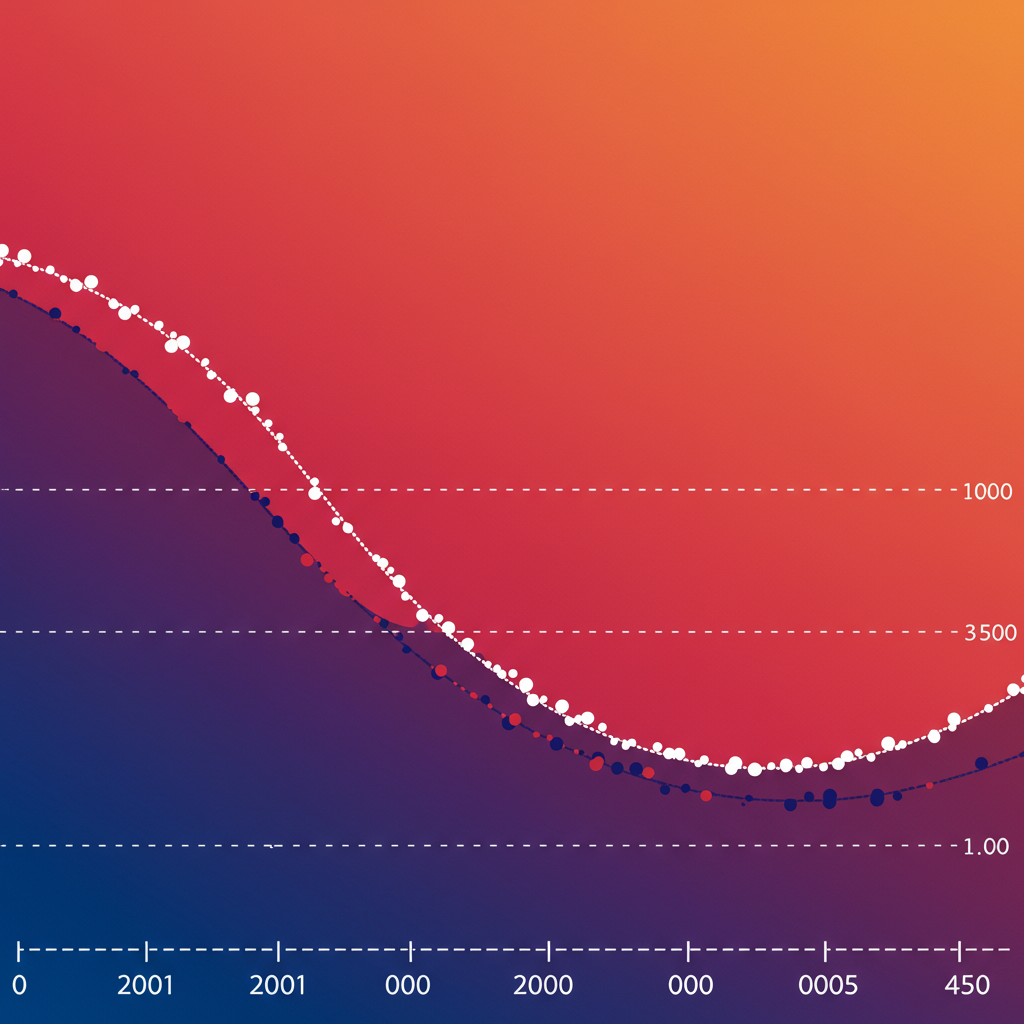Logit and probit models are fundamental tools in econometrics used for analyzing binary outcome variables. This article explores their differences, applications, and how to choose the right one for your data analysis.

Introduction to Logit Probit Econometrics
In the realm of econometrics, researchers frequently encounter binary outcome variables—situations where the dependent variable can take on only two possible outcomes. This is where logit probit econometrics comes into play. Logit and probit models offer statistically sound frameworks for estimating the probability of these outcomes based on a set of explanatory variables.
Binary outcomes are common in economic modeling, such as whether a household adopts a new technology, a consumer makes a purchase, or a borrower defaults on a loan. Understanding the nuances between logit and probit approaches is critical to selecting the appropriate model for empirical research.
Logit Model: Logistic Regression Overview
The logit model is grounded in logistic regression, which uses the logistic function to model the probability of an event occurring. The model is represented mathematically as:
P(y=1|X) = 1 / (1 + e^-(Xβ))
Here, Xβ represents the linear combination of independent variables and their associated coefficients. The logit model is particularly favored when interpretability of odds ratios is important. The coefficients from a logit model can be directly converted into odds ratios, providing intuitive economic interpretations.
Key Features of the Logit Model
- Assumes a logistic distribution of the error term
- Easy interpretation via odds ratios
- Widely used in health economics, marketing, and labor studies
Probit Model: A Cumulative Normal Perspective
The probit model, on the other hand, assumes that the error term follows a standard normal distribution. The probability function is defined as:
P(y=1|X) = Φ(Xβ)
Where Φ denotes the cumulative distribution function (CDF) of the standard normal distribution. The probit model is often preferred in cases where the distribution of latent variables is assumed to be normal rather than logistic.
Advantages of the Probit Model
- Suitable for theoretical models assuming normality
- Common in psychometrics and latent trait modeling
- Produces similar results to logit when large samples are used
Logit vs Probit: Top 5 Key Differences You Must Know
While the two models yield similar predictions, there are essential distinctions worth noting:
- Underlying Distribution: Logit assumes logistic distribution; probit assumes normal distribution.
- Tail Behavior: Logistic distribution has heavier tails, leading to more extreme probabilities.
- Interpretation: Logit results can be expressed as odds ratios; probit coefficients relate to z-scores.
- Computational Simplicity: Logit is slightly easier to compute and interpret in many software packages.
- Disciplinary Preferences: Economists often use probit when theory assumes normality; social sciences lean towards logit.
Choosing Between Logit and Probit
Deciding between logit and probit depends on several factors:
- Theoretical foundation of your model
- Sample size and data characteristics
- Preferred interpretation (odds vs latent variables)
In practice, both models frequently yield nearly identical results, particularly with large datasets. However, the interpretation of coefficients and model fit diagnostics may guide your choice.
Real-World Applications of Logit and Probit
Let us consider practical applications of logit probit econometrics:
- Labor Economics: Modeling the probability of employment
- Finance: Predicting loan defaults or credit approvals
- Marketing: Estimating likelihood of purchase based on demographics
Software Implementation and Diagnostics
Statistical software like R, Stata, Python (statsmodels), and SAS provide built-in procedures for logit and probit models. It is important to assess model diagnostics including:
- Pseudo R-squared
- Confusion matrix and ROC curves
- Likelihood Ratio Tests
Conclusion: Best Practices in Logit Probit Econometrics
Logit and probit models are foundational tools in econometrics for modeling binary outcomes. While they differ in distributional assumptions and interpretation, both serve as robust frameworks. A thoughtful consideration of the research context, data characteristics, and interpretability requirements should guide the model selection process.
Incorporating logit probit econometrics effectively into your research ensures that your inferences about binary outcomes are statistically sound and relevant for policy, business, or academic recommendations.
Related: Introduction to Binary Choice Models
External Resource: UCLA Guide to Logit Regression
